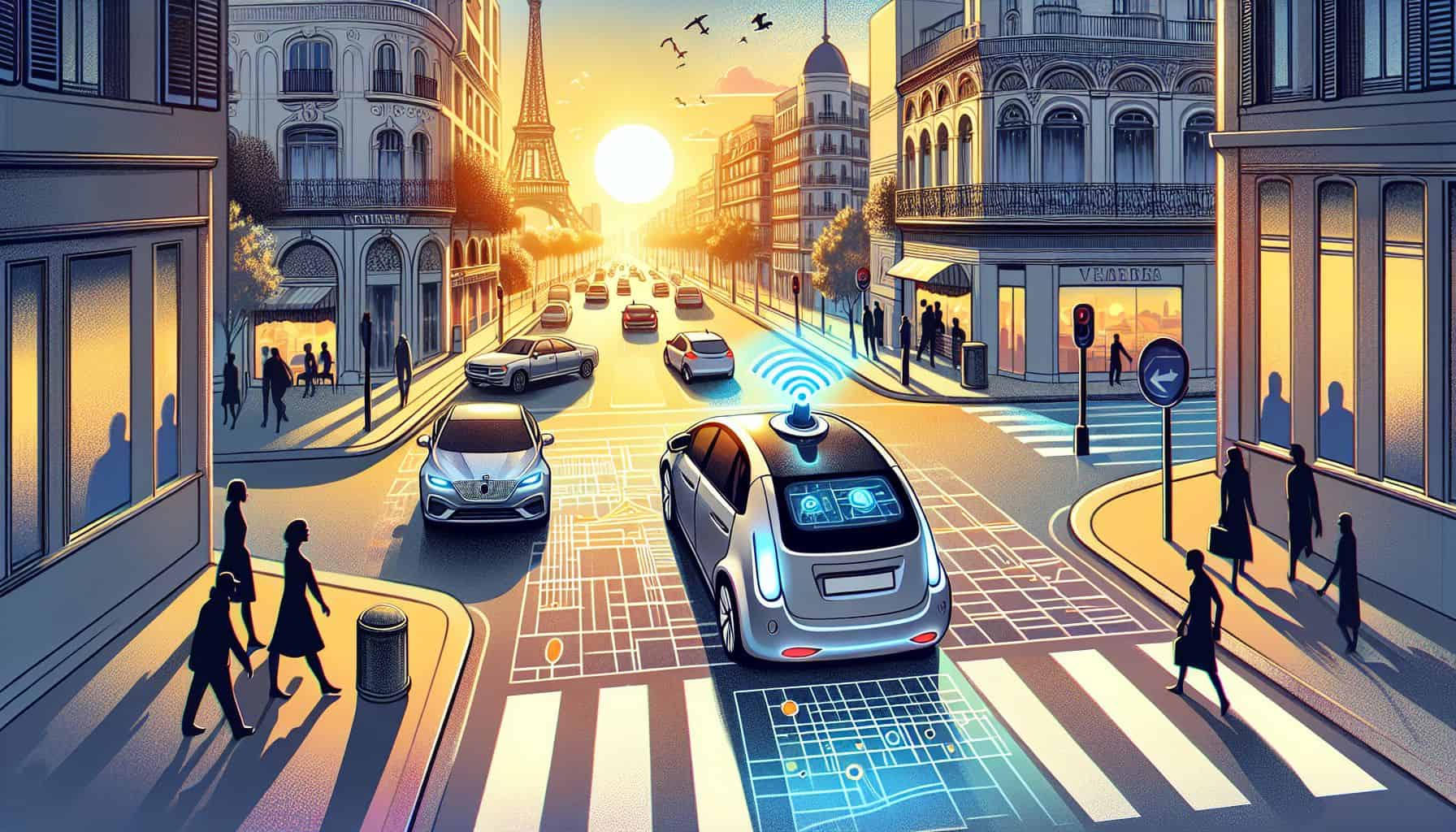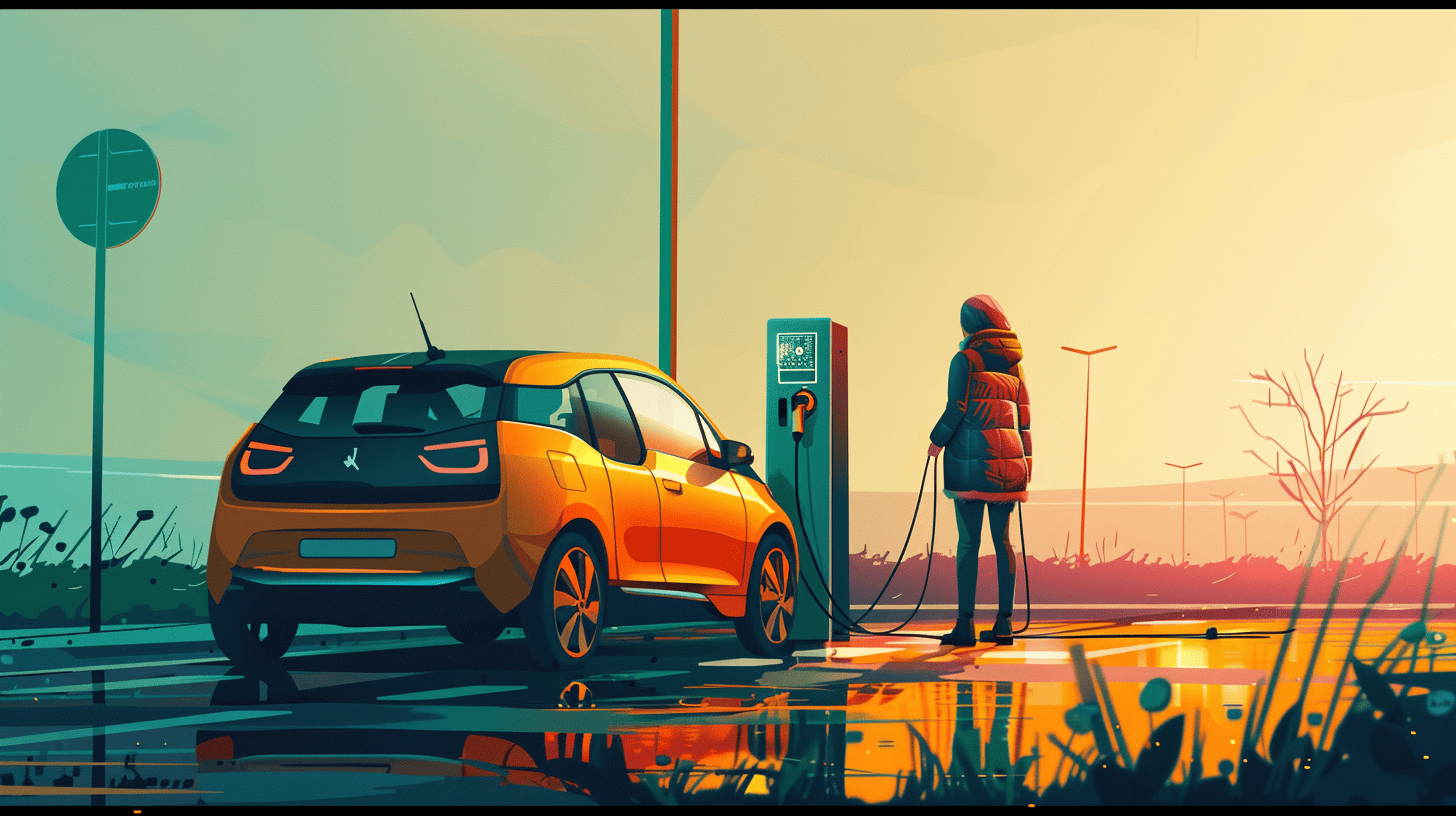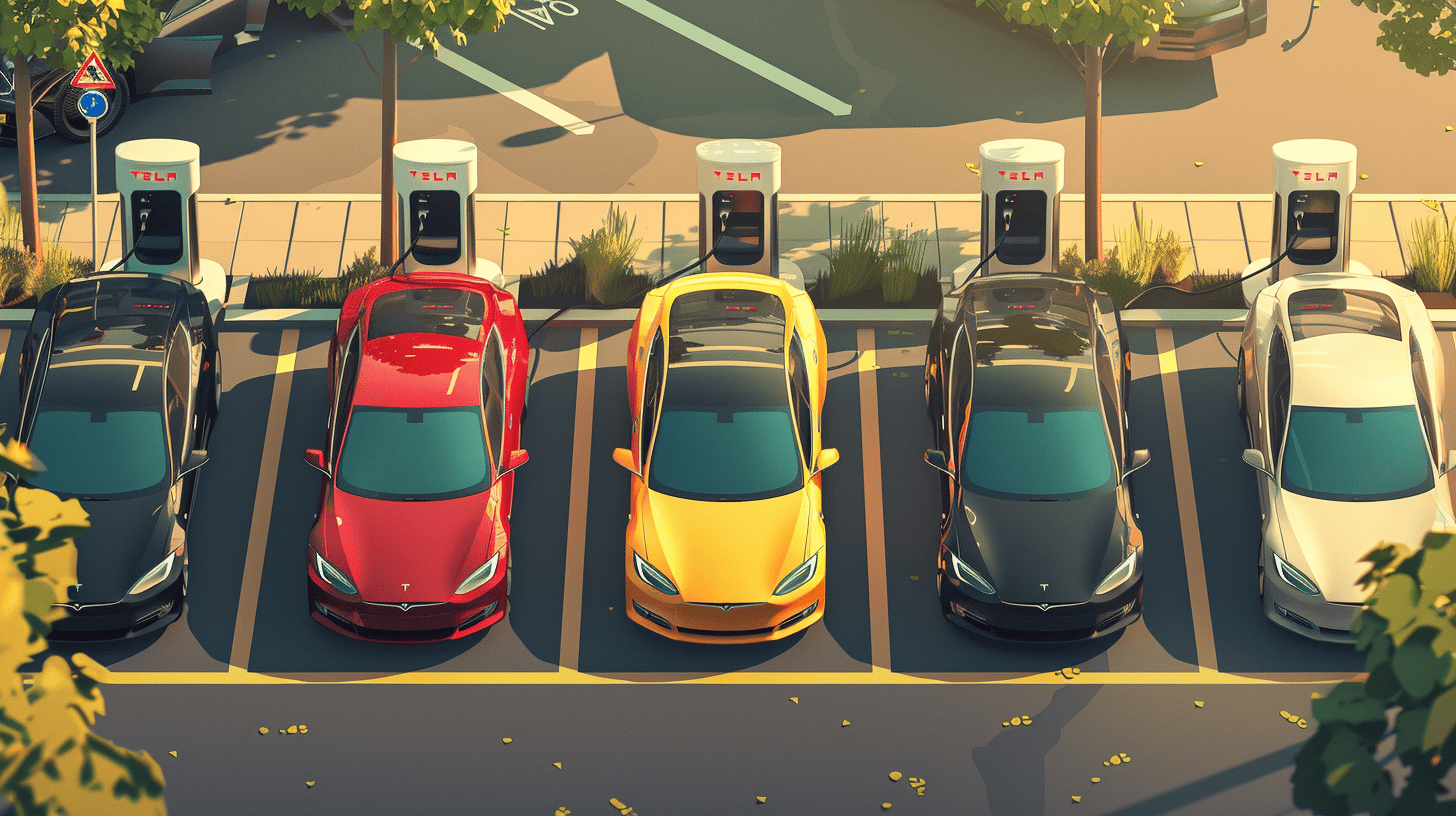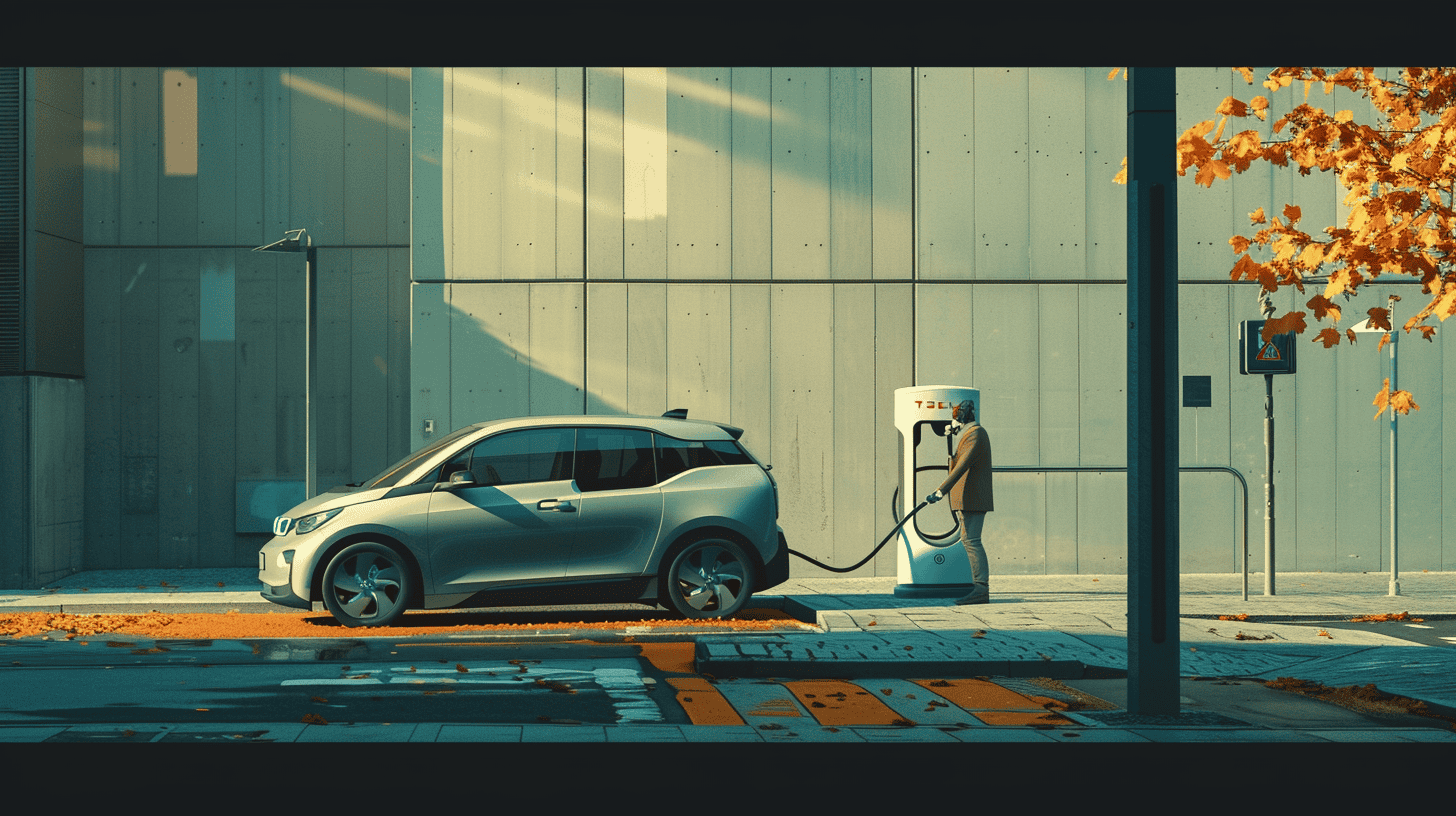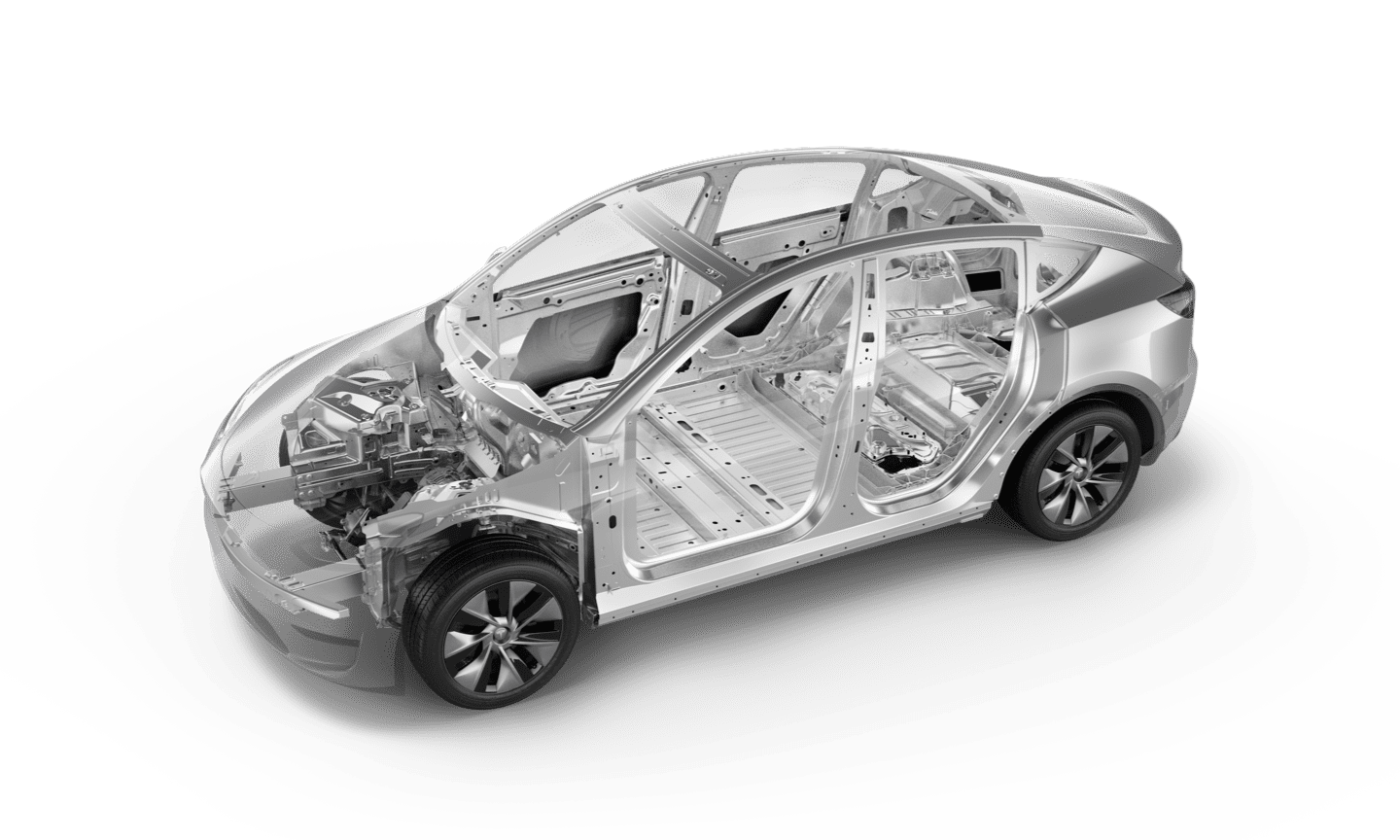
Tesla has again lowered prices across all models, marking the third time this year. The higher-volume Model 3 and Model Y have been discounted by at least $1,000, while the luxury Model S and X vehicles have received a $5,000 price cut. Tesla’s continuous updating strategy and production technology improvements have enabled these price reductions, benefiting consumers with lower costs. However, not without disadvantages, including the loss of radar functionality in their cars. Removing radar sensors has led to increased phantom braking incidents and struggles in identifying emergency vehicles.
Production technology innovations
Tesla’s ability to reduce vehicle prices is attributed to its focus on continuous updates and production technology improvements. One significant innovation is the Giga Press, a casting machine capable of producing large single-piece rear body castings for the Model Y. This new technology simplifies the production process, as it replaces 70 parts with one giant rear underbody, eliminating the need for 300 robots and improving the quality and consistency of the vehicle body. Tesla has also developed a new alloy for large-part production, further enhancing manufacturing.
Another critical development is Tesla’s 4680 battery cells. By acquiring Maxwell Technologies for its dry cathode expertise, Tesla was able to eliminate the complex and costly wet-coating process in battery manufacturing. This dry coating process is cheaper, faster, and less harmful to the environment, reducing capital spending by a third and factory footprint and energy consumption to 10%. However, scaling up the production of 4680 cells has been a challenge. However, the efficiencies from the dry coating process and the 4680 cells are rumored to reduce the Model Y battery pack cost to $5,000-$5,500. This is about half the cost of the original 2170-based battery pack.
Advantages and disadvantages for consumers
Consumers benefit from Tesla’s continuous updates and production technology improvements, but some cost-cutting degrades the cars’ functionality.
After removing radar sensors in 2021, Tesla’s Autopilot and Full Self-Driving systems experienced an increase in crashes and mistakes due to phantom braking, misidentified signs, and difficulties in identifying emergency vehicles. Despite these setbacks, Tesla remains committed to its camera-based Autopilot system called Tesla Vision, which relies on eight cameras and Autopilot labelers for environment response. Temporary limitations in certain features, such as Park Assist, Autopark, Summon, and Smart Summon, are expected during the transition to Tesla Vision, with restoration through over-the-air software updates once performance parity is achieved.
Competitive landscape and future outlook
Tesla is known for its innovative approach to electric vehicle manufacturing and for its aggressive pricing. However, the competitive landscape of the electric vehicle industry is constantly evolving, and other major electric vehicle manufacturers may adopt different strategies or technologies that could affect Tesla’s pricing and market share.
New domestic and foreign players are also entering the electric vehicle market, which could impact Tesla’s position in the industry. In addition to these competitive factors, government regulations and incentives, such as Inflation Reduction Act and tax credits, also significantly shape Tesla’s pricing strategy.



